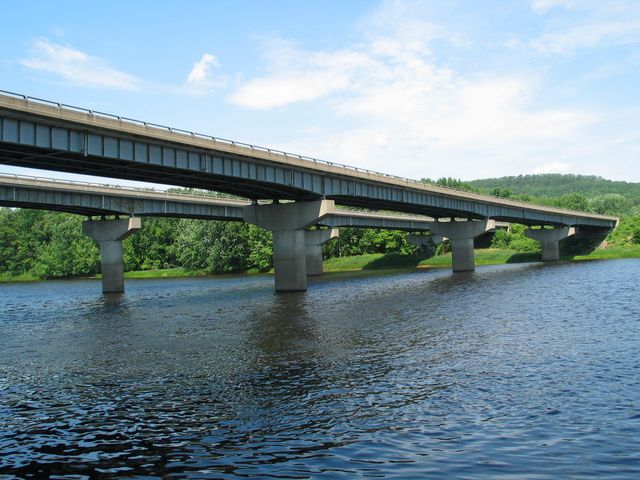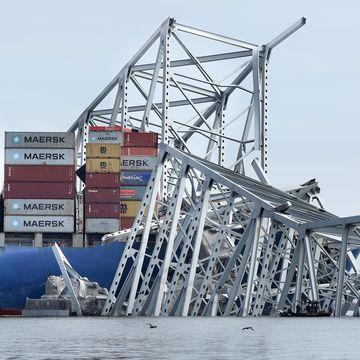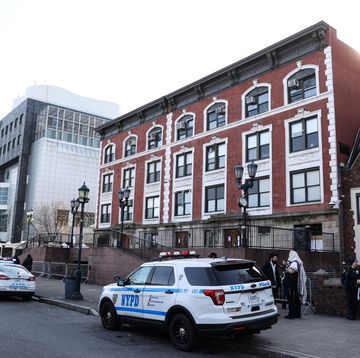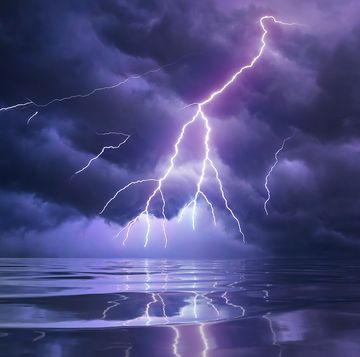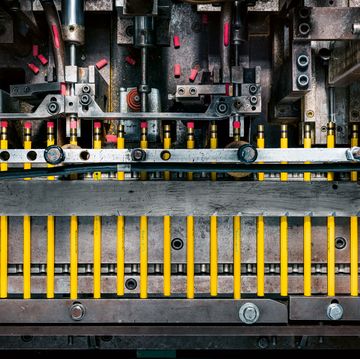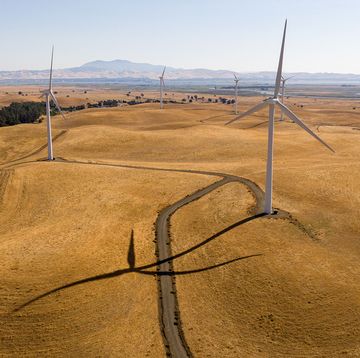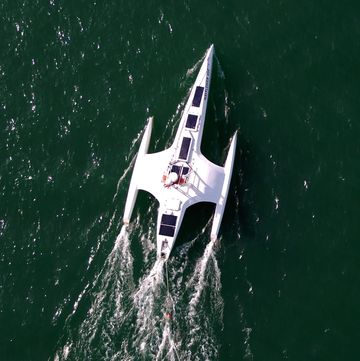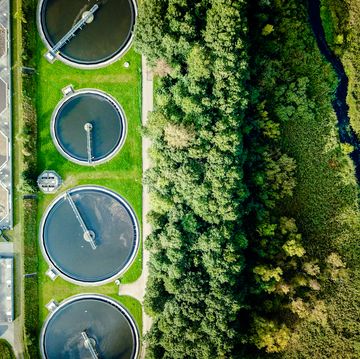- America has over 600,000 bridges. Steel girder bridges, among the most common, could face serious infrastructure problems thanks to man-made climate change.
- Rising temperatures would mean increased stress on joints holding up bridges, which would put increased pressure on joints keeping the bridges in place. That makes a collapse more likely.
- America's infrastructure as a whole needs serious work.
Rising temperatures due to man-made climate change could present a major challenge to American infrastructure. A new study from Colorado State University looking at America's steel bridges shows that while current temperatures don't present a challenge, nearly 25 percent could see a section collapse in the next 21 years. The numbers move upwards after that, going to 28 percent by 2060 and 49 percent by 2080. Disturbingly, nearly all of the bridges studied set to fail by 2100.
The team, comprised of engineers Hussam Mahmoud and Susan Palu, looked at 89,089 "simply supported steel girder bridges," a common design in the country post-World War 2. These bridges are made up of longitudinal beams which span two piers. These bridges are not perfect. They regularly suffer from debris clogging their expansion joints, which keep the bridge steady as the temperatures make the steel expand and contract. When debris clogs these joints, the bridges need regular maintenance.
Maintaining bridges is already a massive job. The American Society of Civil Engineers (ASCE), of which Mahmoud is currently chair of the Steel Bridges Committee, has identified 56,007 structurally deficient bridges in America, which means that they must be inspected yearly rather than biannually. That amounts to 9.1% of the bridges in America. Many of the bridges are in colder climates — Iowa has the most with nearly 5,000, and almost 25% of all bridges in Rhode Island meet the standard for structurally deficient.
Clogged expansion joints are a serious problem for these bridges, because that prevents steel from naturally expanding in rising temperatures. The researchers are warning that "improperly maintained joints could prevent beams from expanding freely under periods of high temperature," explains Greg Grant, P.E of engineering consulting firm RS&H and not involved in the study, to PopMech.
"Debris that gets behind the beam from inadequately maintained expansion joints could cause the beam stresses to increase (as it tries to expand) and could cause the beam to buckle." While span bridges have and continue to perform well in the United States, the challenges of global warming could threaten that reputation.
It's a recipe for disaster, the pair of engineers argue.
“We as engineers must start to look beyond what we have initially been taught on how to analyze systems and start to think about what climate change is going to do to our understanding of component-level behavior and system-level performance,” Mahmoud says. in a press statement.
Bridges all over the country are vulnerable to increased thermal expansion, but in general the colder a location, the more precarious the future of infrastructure. The pair point to the "Northern Rockies and Plains, Northwest and Upper Midwest" as particularly vulnerable, while bridges in the warmer Southwest were built with higher temperatures in mind.
It's a growing crisis. For the second year straight, the country's infrastructure has earned a grade of D+ from the ASCE. Mahmoud is currently working on developing methods to rank the American bridges most in need of repair, and how to identify the right number of safety inspections each bridge needs without interfering with business as usual.
"Items like failed expansion joints or the initial signs of distress from thermal expansion issues are noted on the inspection reports from these on-site inspections and when the deficiencies reduce the component level bridge rating low enough, the items are scheduled for maintenance or replacement," Grant explains.
But if climate change and America's infrastructure malaise continue hand-in-hand, business as usual might become a thing of the past.
Update: We have updated the headline to clarify that steel bridges, in particular, are vulnerable to thermal expansion.
Update: The piece has been further clarified with an outside engineer.
David Grossman is a staff writer for PopularMechanics.com. He's previously written for The Verge, Rolling Stone, The New Republic and several other publications. He's based out of Brooklyn.
